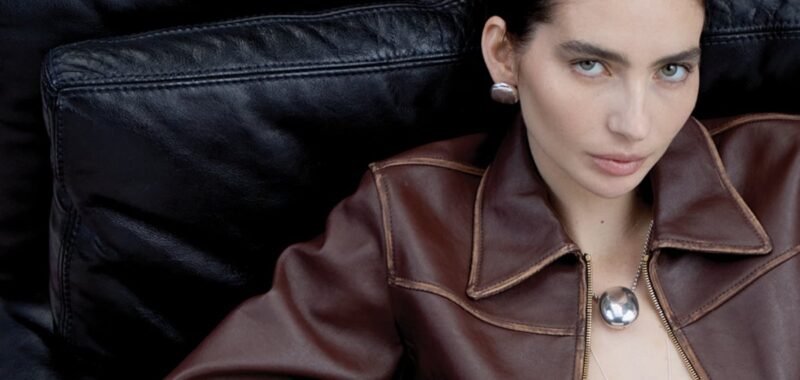
For the year-old independent magazine Family Style, each issue is set up like a dinner party.
The front of book is the aperitivo (in the next issue, for example, there are pieces on Noma Chef René Redzepi and furniture designer Omar Nobil), the well is the main course (featuring conversations between A-Cold-Wall founder Samuel Ross and artist Takashi Murakami, plus novelist Ottessa Moshfegh and actress Cate Blanchett). To finish, thereâs âsomething sweetâ â this time, a nostalgic look inside the closet of Sarah Andelman, the founder of the beloved shuttered Paris concept store Colette.
And next month, founder Joshua Glass, a CR Fashion Book and Cultured alumnus, is adding more seats to the table with the launch of the âTakeaway,â a Gen-Z-centric zine, positioned as Family Styleâs, faster, feistier âbaby sister.â
âI was surprised to see how many younger readers that would not be able to afford Chanel discovered us, maybe through Instagram, and stayed as readers,â said Glass. âTakeaway allows us to open up the conversation.â
The zine will roll out as a twice-a-year insert in Family Style, which publishes quarterly and is priced $20. Where Family Style is made to sit on a coffee table for months, âTakeaway is right now,â said Glass. Model and activist Meadow Walker is on the cover of the first issue, while content creators Devon Lee Carlson and Quenlin Blackwell are featured inside.
Running an independent magazine is notoriously difficult, rife with cinched budgets, tight margins and dealing in favours. Family Style, however, was profitable in its first year and while itâs not splashing out on town cars or $100,000 fashion shoots, itâs been able to give âhealthy production budgets,â said Glass, âa rare thing for independent magazines.â
Scaling can be a risk, especially under such tight constraints â but it can also create new commercial opportunities. For Family Style, whose events arm has put on dinners for clients including Marriott Hotel Group, Cartier and Polo Ralph Lauren, thatâs on the partnerships side as well as advertising.
While weâre in the midst of something of an indie publishing renaissance, itâs still a testy time to be launching a new media venture. Economic and policy-driven uncertainty makes it more challenging for brands to plan their advertising spend ahead of time.
âA lot of people are being very conservative or playing the âletâs wait and seeâ game,â said Glass. â[But] there is still a desire to do new and interesting projects, and be creative with budgets.â
Expanding the Party â and the Commercial Potential
With its foodie roots, Family Style hit on an opportune cultural tide. Getting the right reservation has become a signifier akin to a luxury handbag. At the same time, food has become more relevant for fashion as brands increasingly use cafes and special dinners to engage customers.
âFood was really frowned upon for a long time in fashion, it was not considered posh. It can be messy, it can be dirty. Itâs not the most attractive thing,â said Glass. âA lot of brands were not interested in engaging with that in that way ⦠[But now] look at any consumer activation over the past few years.â
In the past few years, Chanel, Bottega Veneta and Burberry put on diner themed activations in New York, Miami and London; Brands including Louis Vuitton, Armani and Prada have been rolling out cafes and restaurants. Family Style has harnessed that interest with its events arm. This year, events are in the works for The Savannah College of Arts and Design and Dior, as well as luxury faucet company Brizo.
With Takeaway, Glass is looking to engage with more than just luxury brands â Free People, for example, will advertise in the first issue of Takeaway â plus, lay the groundwork for more pop-ups and parties. On the content side, it will create the opportunity to work with younger and more niche talent who may not appeal as broadly across markets as Family Style requires. Alongside Walker, Carlson and Blackwell, the first issue includes an interview with 24-year-old DJ Memphis Murphy, âMemphy,â who is fast becoming a staple of Brooklynâs techno scene.
âThe majority of our business has been European luxury brands ⦠but if you think about growth opportunities, you have to move outside this luxury space,â said Glass, citing American fashion brands, which include more of a spectrum of price points, and the global beauty industry.
Eventually, the goal is to build Takeaway up into a standalone title, which Glass sees as key to the future of Family Style overall.
âThe goal of the business is to become more sustainable for our editors, our team and the people we work with,â said Glass.

